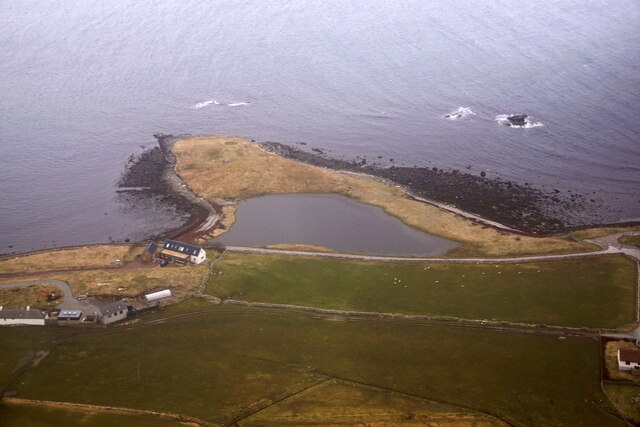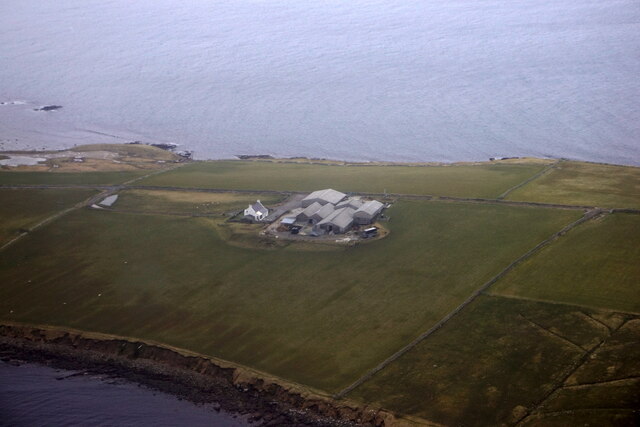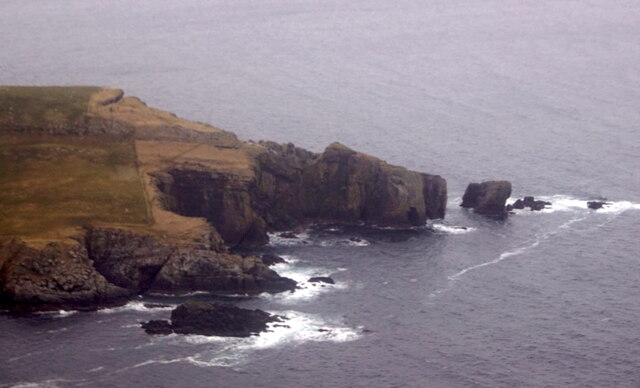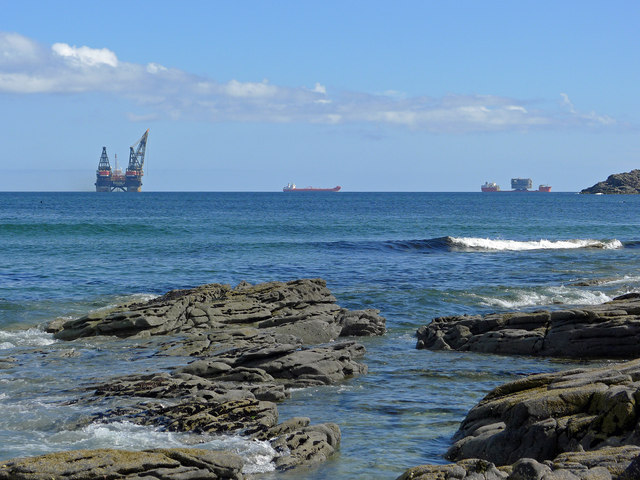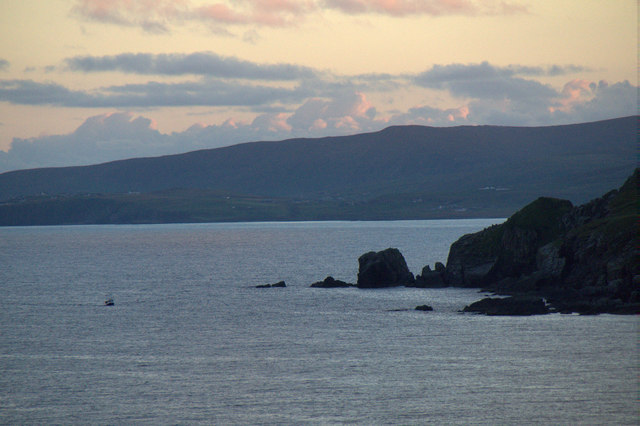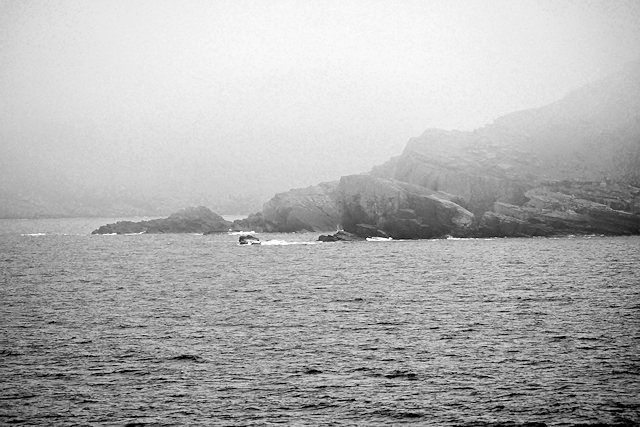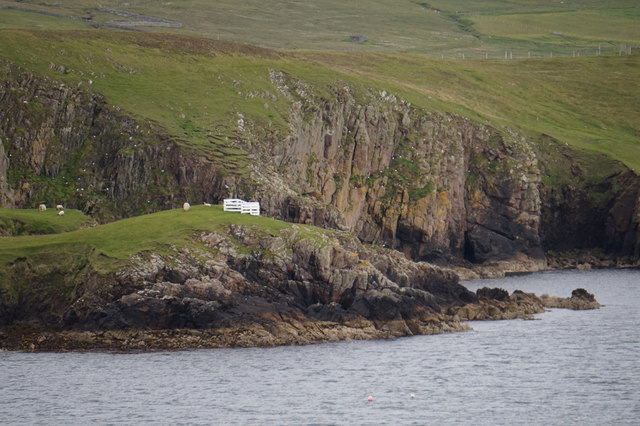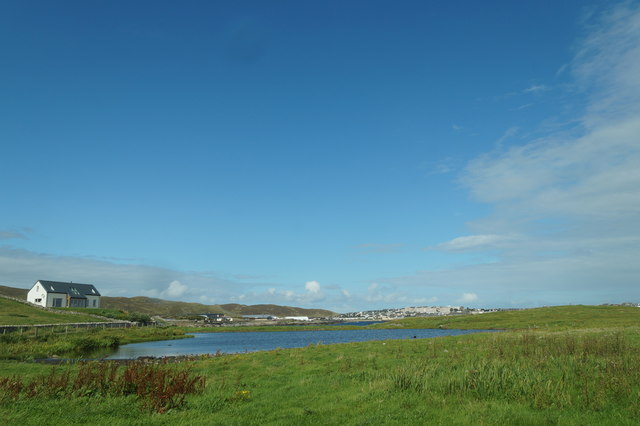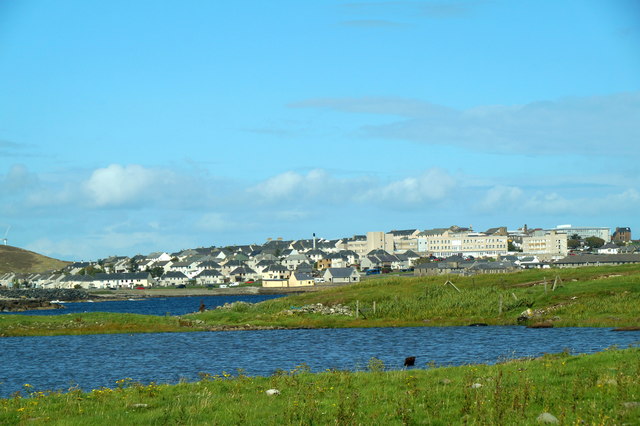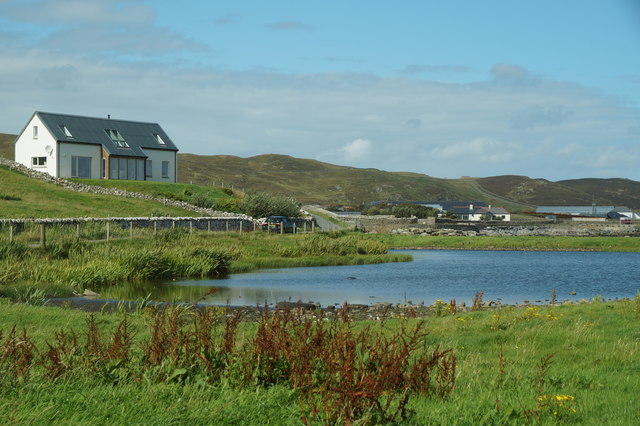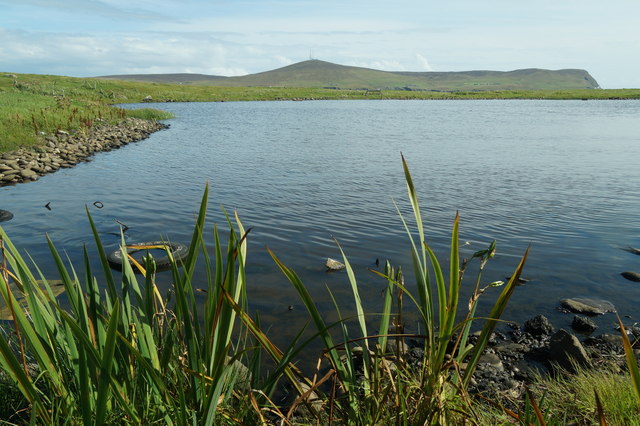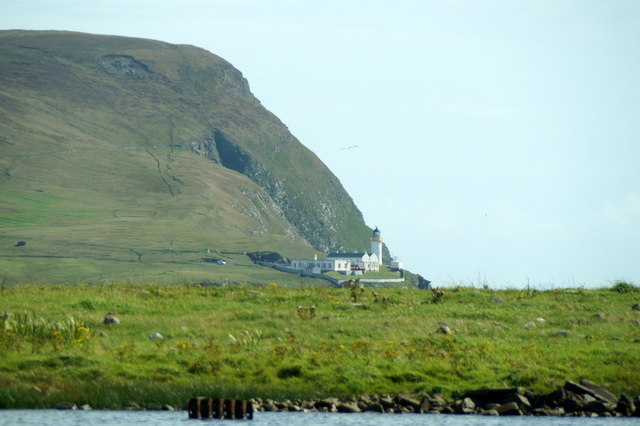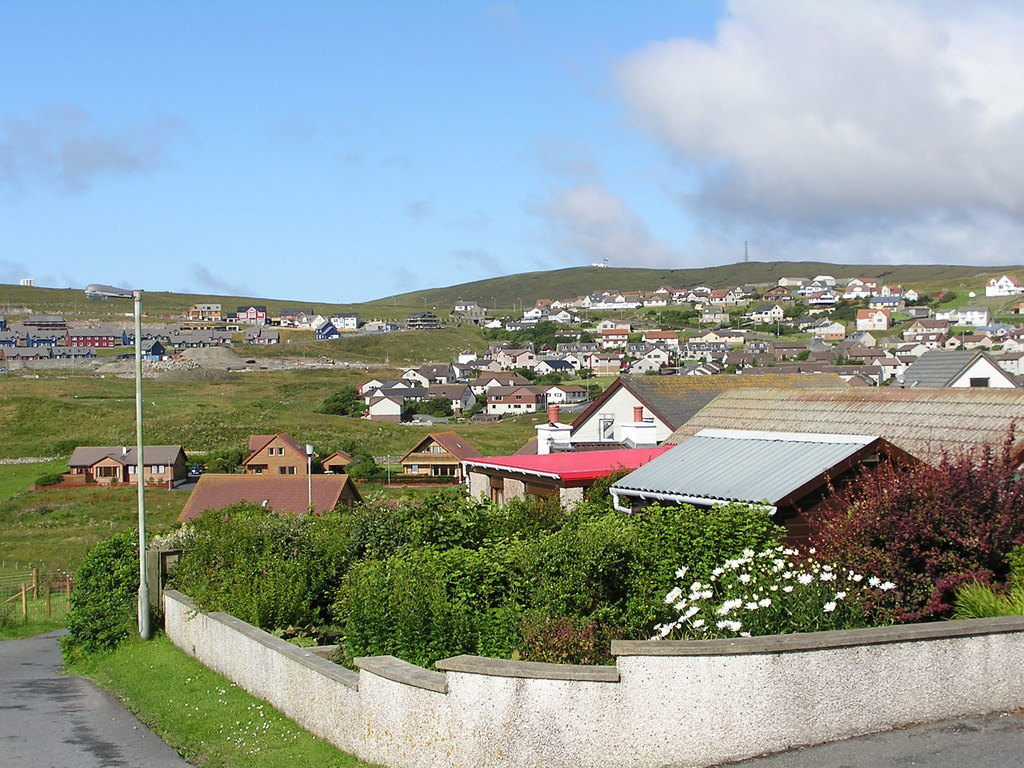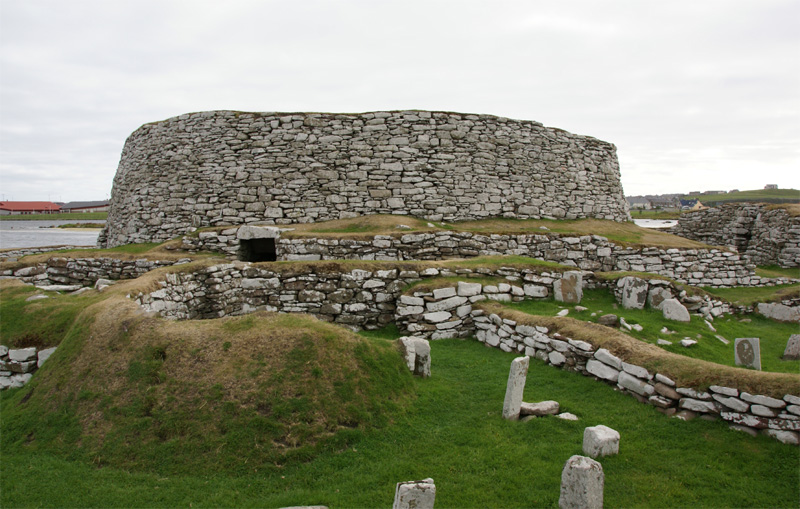Point of Sandwall
Coastal Feature, Headland, Point in Shetland
Scotland
Point of Sandwall
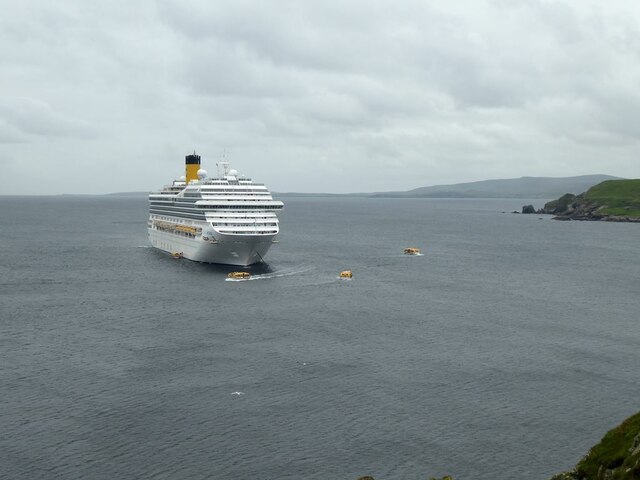
Point of Sandwall is a prominent coastal feature located in the Shetland Islands, an archipelago in Scotland. Situated on the eastern coast of the mainland, it is characterized as a headland or point, extending into the North Sea.
The point is named after the sandy beach that stretches along its base. The beach, known as Sandwall Sands, is a popular attraction for locals and tourists alike, offering picturesque views and opportunities for various recreational activities such as swimming, picnicking, and beachcombing. The sandy shore contrasts with the rugged cliffs that encompass the headland, adding to its natural beauty.
Point of Sandwall is known for its dramatic coastal scenery. The towering cliffs are composed of sedimentary rock formations, displaying layers of different colors and textures. These cliffs provide nesting grounds for various seabird species, including fulmars, guillemots, and puffins, making it a haven for birdwatchers. The surrounding waters are also home to a diverse range of marine life, making it a popular spot for fishing enthusiasts.
In addition to its natural attractions, Point of Sandwall holds historical significance. The headland is located near the site of an ancient broch, a type of Iron Age fortified structure. This archaeological site adds a cultural dimension to the area, attracting history enthusiasts and researchers.
Overall, Point of Sandwall offers a combination of natural beauty, recreational opportunities, and historical interest, making it a notable coastal feature in the Shetland Islands.
If you have any feedback on the listing, please let us know in the comments section below.
Point of Sandwall Images
Images are sourced within 2km of 60.134371/-1.1736615 or Grid Reference HU4639. Thanks to Geograph Open Source API. All images are credited.

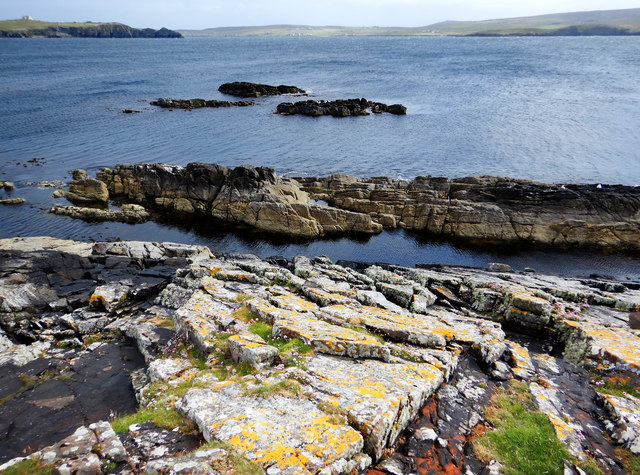
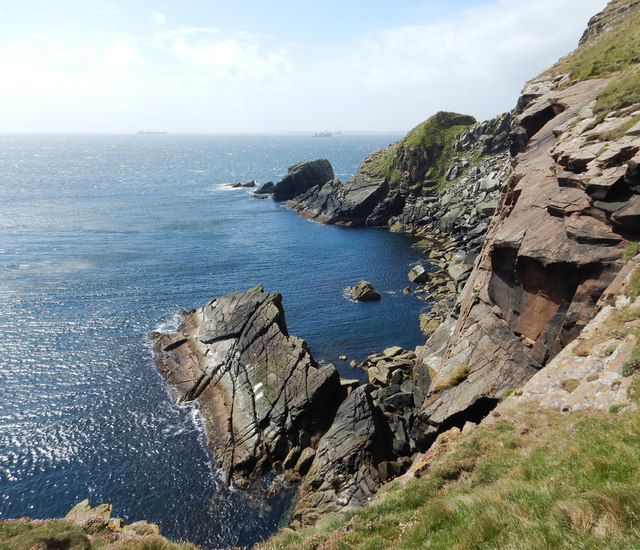
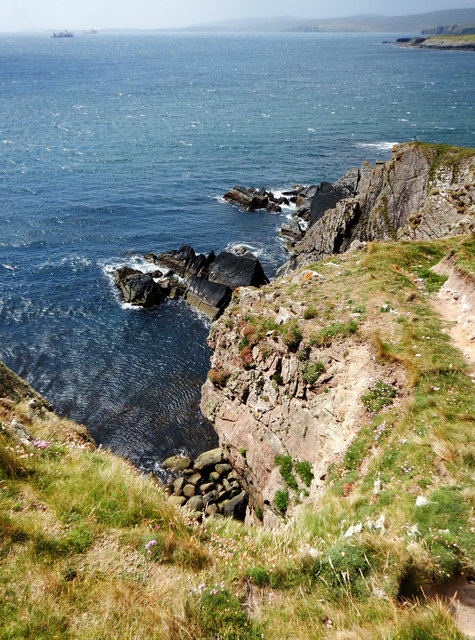
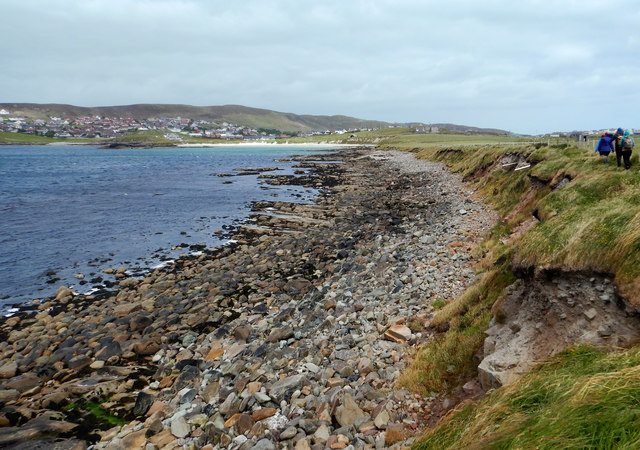
Point of Sandwall is located at Grid Ref: HU4639 (Lat: 60.134371, Lng: -1.1736615)
Unitary Authority: Shetland Islands
Police Authority: Highlands and Islands
What 3 Words
///constrain.prune.pushed. Near Lerwick, Shetland Islands
Nearby Locations
Related Wikis
Lerwick Observatory
Lerwick Observatory (also known as Lerwick Magnetic Observatory) is a British meteorological observatory located near the port at Lerwick, Shetland Islands...
Sound, Lerwick
Sound is an area situated to the south-west of central Lerwick, the capital of Shetland, Scotland.Sound is home to a primary school, public hall, and gospel...
Broch of Clickimin
The Broch of Clickimin (also Clickimin or Clickhimin Broch) is a large, well-preserved but restored broch in Lerwick, Shetland, Scotland (grid reference...
Clickimin Loch
Clickimin Loch is a loch in Shetland, Scotland, west of Lerwick. A Pictish fort from the 6th century called Clickimin Broch is located on a small islet...
Have you been to Point of Sandwall?
Leave your review of Point of Sandwall below (or comments, questions and feedback).
